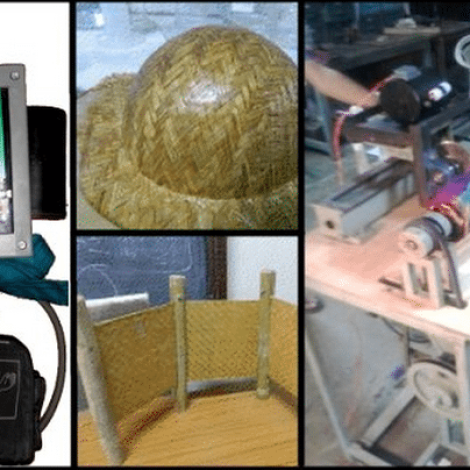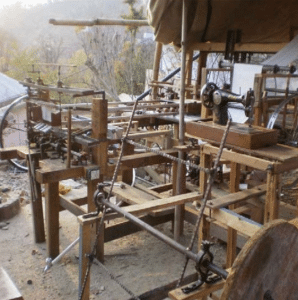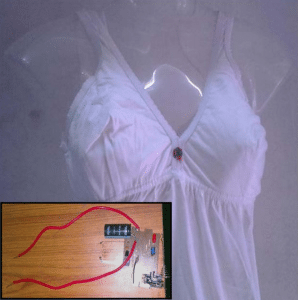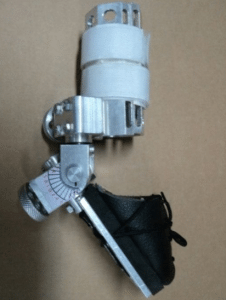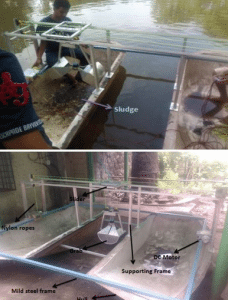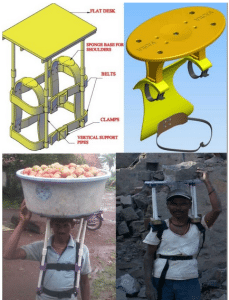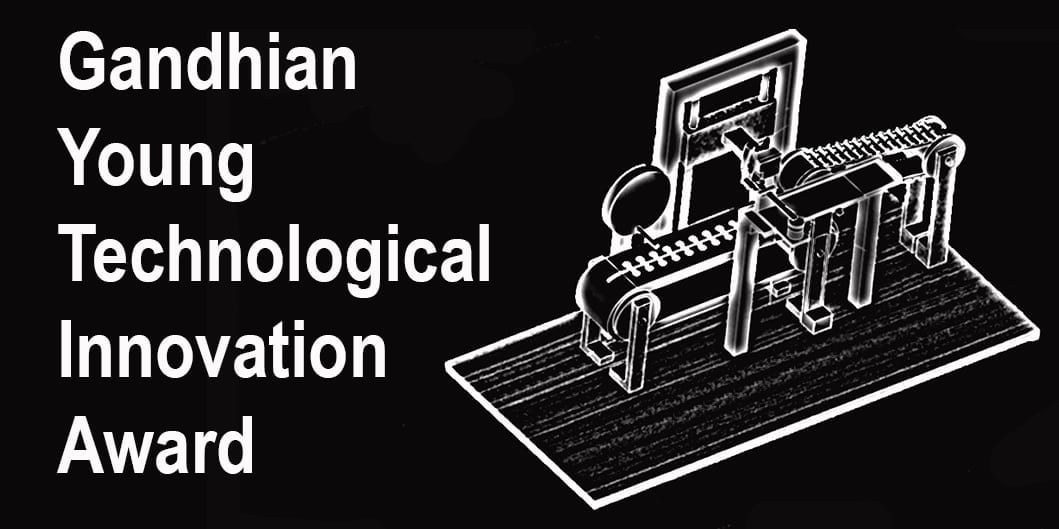A cutting machine for turning old sarees into floor mats, an epoxy nanocomposite for manufacturing helmets made out of bamboo, and an e-diagnoser wearable patient monitor number among the new technologies honored at the Gandhian Young Technological Innovation Awards based in Ahmedabad, Gujarat, India.
The turnout was huge. Teams from 110 Indian universities and tech institutes submitted a total of 1840 designs and projects for consideration at this second annual event held by the Society for Research and Initiatives for Sustainable Technologies and Institutions (SRISTI). One-hundred seventy-five expert evaluators pared the entries down to 43 award winners and appreciations.
Parts of that short-list of 43 winning devices reads like a MacGuyver screenplay, crammed with creative and frugal ways of doing things better. But other technologies mentioned push the bounds of what is possible worldwide, with progress in biomarker sensing, hydrogen-fueled vehicles and others.
“Inclusive development without socially relevant technologies is not possible,” Anil Gupta, a professor at the Indian Institute of Management inVastrapur, Ahmedabad and Executive Vice Chair of the National Innovation Foundation who heads SRISTI and the Honey Bee Network, told E4C.
“The real Challenge is now to mentor these young innovators, mobilise funds for them, network them among themselves and keep them challenged, so that they don’t slacken their creative and innovative edge,” Gupta says.
To foster their work, SRISTI invites the award winners to work at its fab lab and it is forming National Inclusive Innovation Clubs in colleges with the mission “to spread, search, sense (benchmark) and celebrate the achievements of common people in the hinterland,” Gupta says. He gave a thoughtful reaction to the awards on his personal blog.
We have highlighted seven projects that caught our attention, chosen for their thoughtful and cost-conscious design and their potential to serve people in communities with few resources. Please see Techpedia’s Awards page for all of the award winners from the last two years, plus submissions for the 2014 awards. And
 Water-powered paper and jute bag-making machine
Water-powered paper and jute bag-making machine
The northern Indian state of Himachal Pradesh is becoming a victim of its own success at attracting tourists: The ground is littered with plastic bags. To replace the plastic, Anirudh Thakur has created an ecologically friendly, water-powered multipurpose machine that manufactures paper bags and bags made of jute. It costs less than other bag-making machines on the market, and as if that were not enough, the machine also generates electricity and filters water.
Designer: Anirudh Thakur / Punjab Technological University
 SHE electric shocker for women’s personal protection
SHE electric shocker for women’s personal protection
As India struggles to adjust legal and cultural responses to a string of highly publicized sexual crimes against women, new technology may hold a measure of last resort. This device, called SHE, for Society-Harnessing Equipment, affixes to the chest of a woman’s shirt or dress and delivers an electric shock to an attacker who touches it. At the same time, the device sends a text message with the woman’s location, determined by GPS, to the nearest police station and to the woman’s home. The inside of the device is insulated to prevent shock to the wearer. Surveys found that sexual assault often begins with a hand on the breasts, the device’s designers say.
Design team: Manisha Mohan, Rimpi Tripathi / SRM University
 Spectral Eye portable spectrometer
Spectral Eye portable spectrometer
Link the Spectral Eye to a cell phone and this low-cost, portable spectrometer can detect contaminants in a sample of water. The designers envision a crowd of spectrogram analyzers who test water in their communities and upload the results to a shared database.
Design team: Sai Gole / IIT Madras; Saket Choudhary / IIT Bombay; Yashesh Gaur, Dhirubhai Ambani / Institute of Information and Communication Technology, Gandhinagar
 Cow-dung Microbial Fuel Cells
Cow-dung Microbial Fuel Cells
Microbial fuel cells seem to hold promise for cheaply generating trickles of power that can light LED lamps and charge battery-powered devices. Basically, they are dirt batteries, or generators, that capture electrons produced by microbes in soil. One problem with these is that they are not easily scalable and will never reach the 300 million Indians living off grid, says Vishnu Jayprakash. Cow dung, rather than soil, appears to make for more powerful power generators, however, Jayprakash has discovered. He developed two models of cow-dung-based microbial fuel cells that cost about $3 (USD) each and can output enough electricity to light an LED lamp. That’s not enough electricity for Jayprakash, however, and future prototypes may be more powerful.
Designer: Vishnu Jayprakash / IIT Madras
 Clubfoot correcting device
Clubfoot correcting device
Clubfoot, in which the feet curl in at the ankles, strikes from birth and can cripple its victims if they are not treated as infants. The condition afflicts 35,000 babies each year in India, and 200,000 worldwide. Holding the feet in place can correct the condition over time. In India, that is done with plaster casts. The treatment requires at least eight, which can become expensive. This clubfoot orthosis works like a cast, holding the foot in place. It costs less than the casts, requires fewer hospital visits and it is reusable, so many patients can benefit from the same device.
Design team: Kanwaljit Singh Khas and Dr. P.M.Pandey / IIT Delhi
 Robotic dredger
Robotic dredger
An unmanned, double-hulled boat fit with a motorized shovel may someday dredge lakes and waterways. Future evolutions of this robotic dredger prototype could deepen lakes that have filled with waste or soil eroding off the slopes around them. It could also remove invasive vegetation and gather underwater sediment for industrial projects, such as sand for concrete mixing. The design greatly expands the range of the shore-based dredgers used now to rehabilitate Powai Lake in Mumbai, which inspired the concept. It also aims for low cost and environmental friendliness.
Design team: Amit Dinanath Maurya, Digvijay Maheshwari / IIT Bombay
 VAJRA head-and-shoulder load distributor
VAJRA head-and-shoulder load distributor
People who carry heavy loads on their heads might appreciate the VAJRA, a simple, but useful device that puts some of weight of a load onto the shoulders. The device also doubles as a desk. We liked the thought behind this design, that a device should make labor easier without displacing the laborer altogether.
Designer : Raghunath Lohar / Aeronautical Society of India
